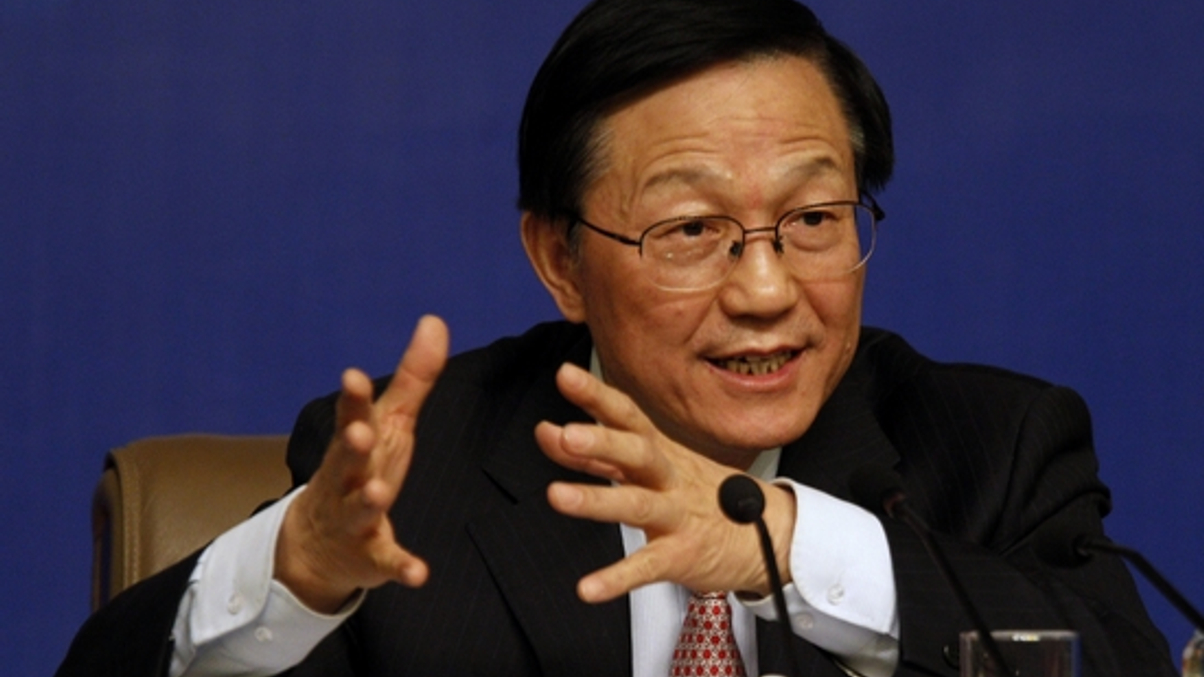China’s NSSF eyes new assets, rule updates
The $233 billion state retirement fund plans to add new types of fixed income assets and amend the rules governing its investment approach and overseas allocations.

China’s National Social Security Fund (NSSF) plans to allocate to a new type of instrument – interbank negotiable certificates – following approval of its new investment rules, with further liberalisation to come in the next few months.
Sign In to Your Account
Access Exclusive AsianInvestor Content!
Please sign in to your subscription to unlock full access to our premium AI resources.
Free Registration & 7-Day Trial
Register now to enjoy a 7-day free trial—no registration fees required. Click the link to get started.
Note: This free trial is a one-time offer.
¬ Haymarket Media Limited. All rights reserved.


